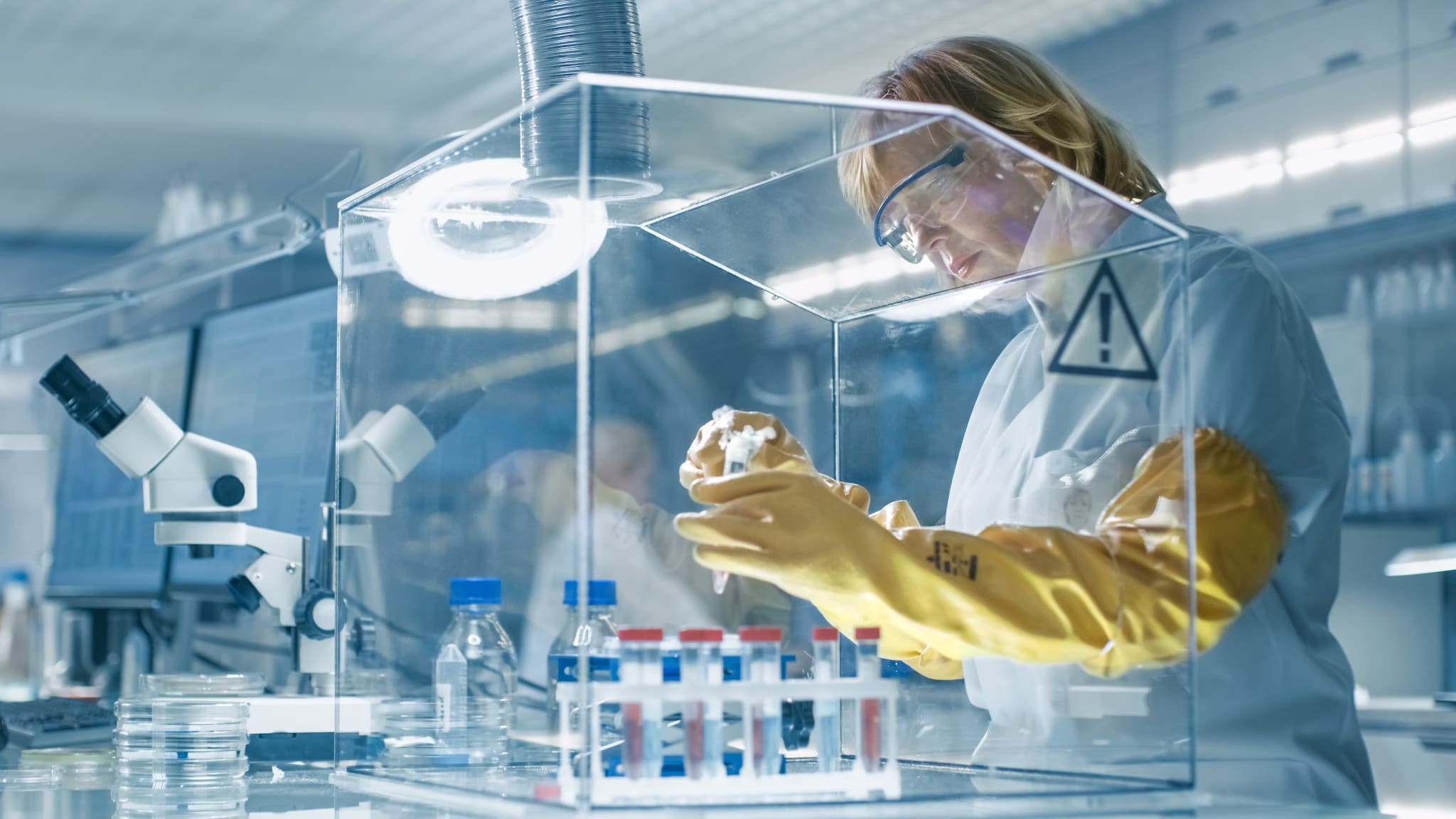What to know
Plan, train, exercise and evaluate skills in case of public health emergency. The Laboratory Response Network for Chemical Threats (LRN-C) integrates 54 state and local public health laboratories that operate 24/7 to provide laboratory diagnostics and the surge capacity for chemical emergencies. There is at least one LRN-C lab in each of the 50 states, three major US cities, and one in Puerto Rico.

Preparedness In action
Every year CDC and local and state public health laboratories practice how they would respond to a chemical threat to the nation. They are part of a national network that responds to chemical terrorism and other public health emergencies. The lessons learned in these drills help prepare public health partners for action in a real emergency.
A recent exercise simulated a public health response to a chemical attack on a music venue in Atlanta. Responders were fighting an unknown chemical agent that was released during a concert. More than 1,000 people attending were exposed to the unknown gas. Common complaints included tightness in the chest, runny nose, and difficulty breathing.
In the drill, CDC practiced its Rapid Toxic Screen procedure to determine the cause, which turned out to be an extremely toxic nerve agent. A mock response team from the agency retrieved 40 urine and blood samples from the state public health laboratory and analyzed them in CDC laboratories.
Learning to pinpoint problems quickly
The Rapid Toxic Screen is the emergency response protocol for analyzing urine and blood from people at the scene of chemical threats. The CDC Division of Laboratory Sciences (DLS) developed the protocol. The purpose is to quickly identify agents, toxins, or drugs causing health problems.
With this protocol DLS can detect up to 150 chemical agents in 40 samples within 36 hours of samples receipt at CDC. The response team includes laboratory staff trained in sample packaging and shipping and safety procedures.
Laboratories stay on their toes
"Since the Rapid Toxic Screen is designed to test and rule out over 150 chemical threat agents simultaneously, it saves valuable time and resources for the response," says David Freund, senior manager of the Chemical Threat Unit of Georgia Public Health Laboratory.
In addition, the national public health network of which CDC is a part—officially known as the Laboratory Response Network for Chemical Threats—can expand testing capacity to analyze approximately 5,500 samples within 48 to 72 hours.
As CDC Emergency Response Branch Chief Rudy Johnson, PhD, notes: "The Rapid Toxic Screen allows us to examine all facets of our laboratory response. Staff participation serves as a continuing performance benchmark. I see that staff grow to understand their role in the larger CDC and public health culture, and gain confidence in their personal and team abilities."
The drills help public health laboratories remain prepared for a large-scale emergency involving chemical threats, adds Danisha Rivera-Nazario, PhD, the branch's Preparedness and Quality Laboratory chief. "The rapid identification of the chemical agent can be crucial information for in-time medical treatment of the exposed individuals."
CDC uses a continuous process of planning, training, exercising, and evaluation to enhance its skills and those of the Laboratory Response Network for Chemical Threats member laboratories in a public health emergency.
- https://emergency-origin.cdc.gov/lrn/chemical.asp#:~:text=The%20Laboratory%20Response%20Network%20for%20Chemical%20Threats%20%28LRN-C%29,to%20chemical%20terrorism%20and%20other%20public%20health%20emergencies.
